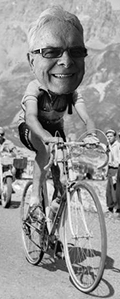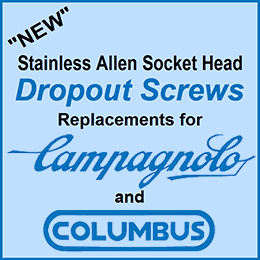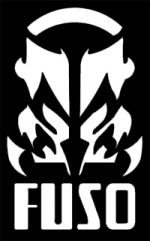Russ Denny builds a Ritte
 Tue, July 10, 2012
Tue, July 10, 2012 The above video is pretty much self explanatory; but let me explain how Russ Denny came to be building frames like the Ritte.
People who were not in the bike business in the late 1980s, early 1990s will not realize what a huge impact the mountain bike had. Within a few short years bicycle stores nationwide, switched over completely to selling only MTBs.
This killed the road bike market, and switching my production to mountain bikes would not have been easy even if I had the desire, which I did not. There were already established companies building MTBs, each with their own following of a whole new clientele of mountain bike enthusiasts.
I remember in the year or so before I quit the business completely, my accountant told me, “I have some good news and some bad news. The good news is that you didn’t make enough to pay taxes this year. The bad news is that your employee made more than you did.”
I had to tell Russ that I could no longer afford to pay him. He stayed on and survived by building his own mountain bikes, and he also contracted to build frames for Quintana Roo, a company that specialized in bikes for triathletes.
Since that time Russ Denny has made subcontract building for other companies part of his business. It has not only allowed him to survive, but has given him experience building with other materials such as, aluminum, carbon fiber, and stainless steel.
Over the years Russ has built for, Abici, Action Tech, Avent, Beyond Fabrications, Burro Bikes, Dagger Mountian Bikes, Elite Bicycles, Forzza, Griffen, Haro, Javilen, Lab X, Masi, Pharo Bikes, Predator, Quintano Roo, Simonitti, Titan Flex, Tsunami, Voodoo Cycles, and William Lewis Imports.
I would also like to point out that in order to become a really good framebuilder it is necessary to build a lot of frames. Subcontracting has enabled Russ to do just that; build a lot of frames. More recently he has been building Ritte frames and the video above shows Russ building a carbon tube frame with stainless steel lugs.
Early on in the video there is a shot of some of my ‘dave moulton’ frames, probably repaints; the video then cuts to someone called “Dave,” but it is not me. Just to make that clear.
 Dave Moulton | Comments Off |
Dave Moulton | Comments Off | 





























